
The scariest thing about the present is that it may not be that different from the past.
Last Night in Soho tells the story of Eloise (Thomasin McKenzie), a young woman who moves from the English countryside to study fashion in London. Struggling to adjust to life in the big city, Eloise feels ostracized by the school elite and its hierarchy of cliques so she decides to rent a flat in Soho. Here, her life is changed forever when she becomes psychologically linked with Sandy (Anya Taylor-Joy), a vibrant and energetic singer who lives in 1966. Passionate about the era?s music and flair, the 60s have always inspired Eloise and the experience invigorates her work in the present. However, as Sandy?s dreamy lifestyle is revealed to be a nightmare, the present and past collide into a vivid swirl of horror.
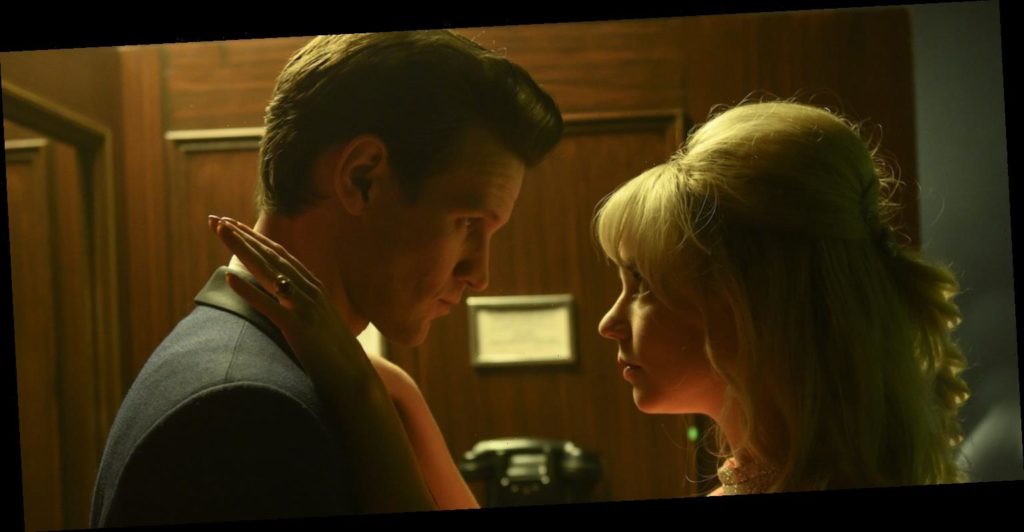
Directed by Edgar Wright, Last Night in Soho is both visual treat and terrifying trauma at the same time. In Soho, he has created a story that is entirely unique and speaks to the power of the ghosts that haunts us. Visually and sonically, Soho is an absolute delight. Edgar Wright has always had a way of creating pop fizz with style and substance and this is no exception. Though the past is viewed at first with a lens of affection, Wright never allows the viewer to get too comfortable there. An ode to psychedelic filmmaking of a bygone era, Wright strips the style down into its horror elements as reality and the dream world blur together and unravel. Whereas the 60s are first shown with bright colours that carry a certain swing and panache, Wright gradually allows those shades to gradually bleed out into oversaturated madness.
One of the staples of 60s nostalgia is the sound track and here he has created something truly special. Similar to his previous effort in Baby Driver, music sets the tone for the film and even becomes a character within it. However, rather than simply offer the more well-known version of the era?s pop hits, Wright instead substitutes lesser known versions such as Sandie Shaw?s ?(There?s) Always Something There To Remind Me? or Jamie Ray?s ?Got My Mind Set On You?. In doing so, Wright builds a bridge between eras by offering you what you think you knew but then spinning it into the unfamiliar.
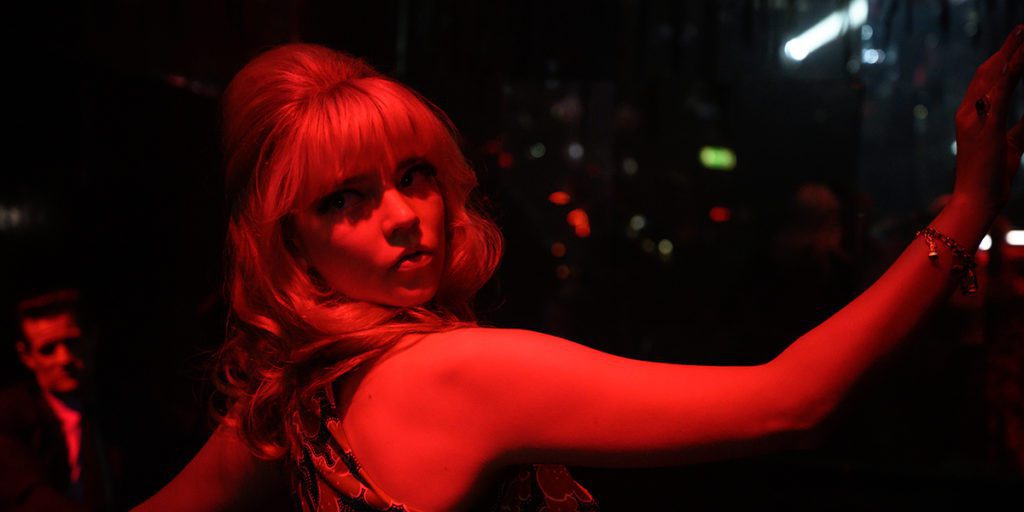
For Wright, carrying nostalgia for the past becomes both enthralling and disturbing. For instance, Eloise is a young woman who is never truly comfortable in the big city of the modern era. In short, she simply doesn?t fit. Yet, when she steps into the 60s, the experience invigorates her. Stepping into the life of Sandy, Eloise feels confident, beautiful and powerful. Increasingly, Eloise becomes a woman who yearns for the simplicity and style that the 60s represent to her. Burdened by the pain in the present, she is invigorated by the pop styles from the past.
However, the true horror of Soho is that all of the joys and fun that she imagined that era to exemplify are stripped away when she discovers the seedy underbelly that lies beneath. Suddenly, the 1960s are no longer her safe haven but a place of terror and pain, especially for women. This is an era of toxic masculinity at its worst, especially for aspiring young women who want to leave their mark. (Incidentally, Matt Smith excels in this type of role where he?s allowed to exhibit his charm with an edge of vicious madness underneath.) Muted by the endless parade of men in her life, the struggles of young Sandy have been silenced for over 50 years and Eloise is determined to let her speak.
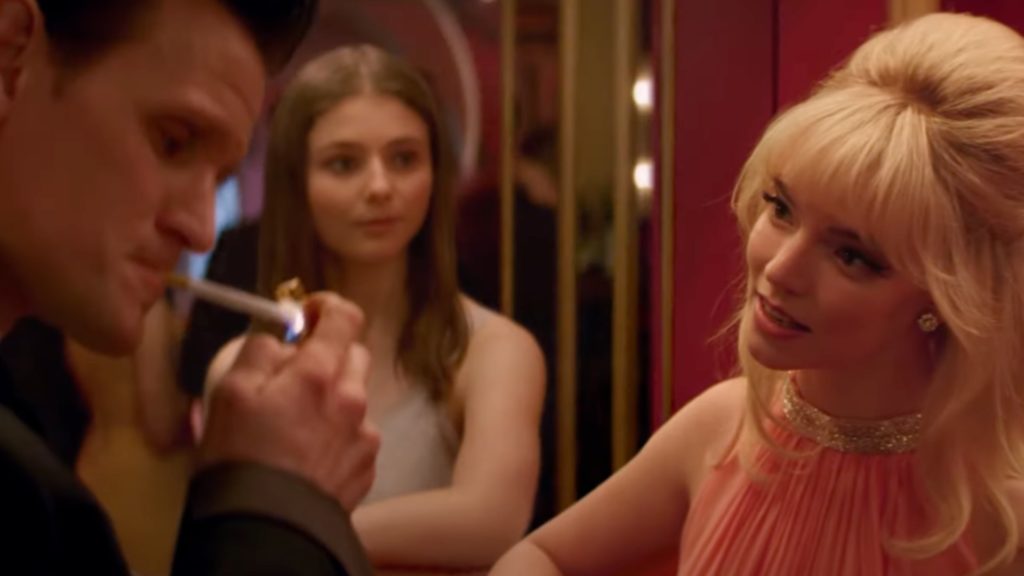
As such, Last Night in Soho is very much a film that wants to elevate the stories of women of the past, especially those who have experienced trauma in a male dominated society. Co-written by Kristy Wilson-Cairns, Soho seeks justice for those who had their voices stolen from them at the hands of others. (However, without spoilers, it is also worth noting that the film?s finale almost calls this clarity of direction into question.) As Eloise ventures more deeply into the story of Sandy, her heart breaks for the sparkling young vision of a woman who lost her innocence. For Eloise, uncovering the story of Sandy becomes a mission of mercy. Although no one knows who she is today, her story still matters.
No matter how much time has passed, Sandy still matters.
As a result, Last Night in Soho manages to both celebrate and confront an era which holds a unique place in pop culture history. Known as the era of the Beatles, Woodstock and social change, the 1960s carry an energy that charms youth to this day. However, if we are truly honest, revisiting that time also reveals a darker side to history. Despite the romantic charm of the era, Soho serves as a reminder of the poison that bubbled underneath the pop nostalgia and that that same toxicity still exists to this day.
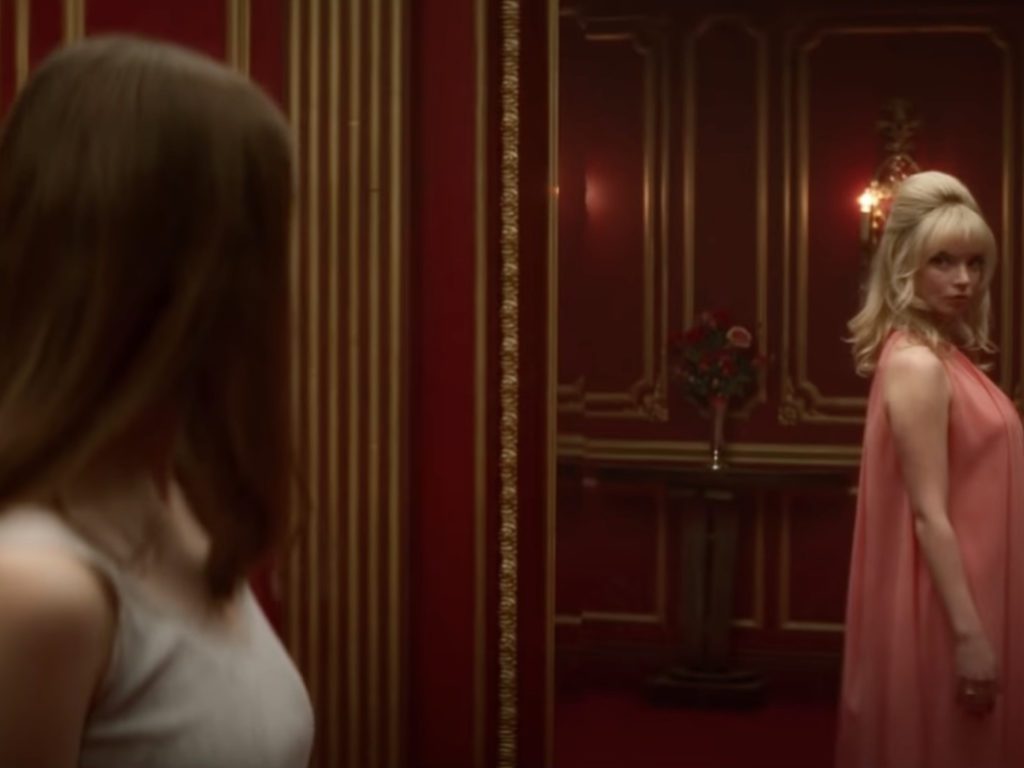
Last Night in Soho is be available in theatres on Friday, October 29nd, 2021.



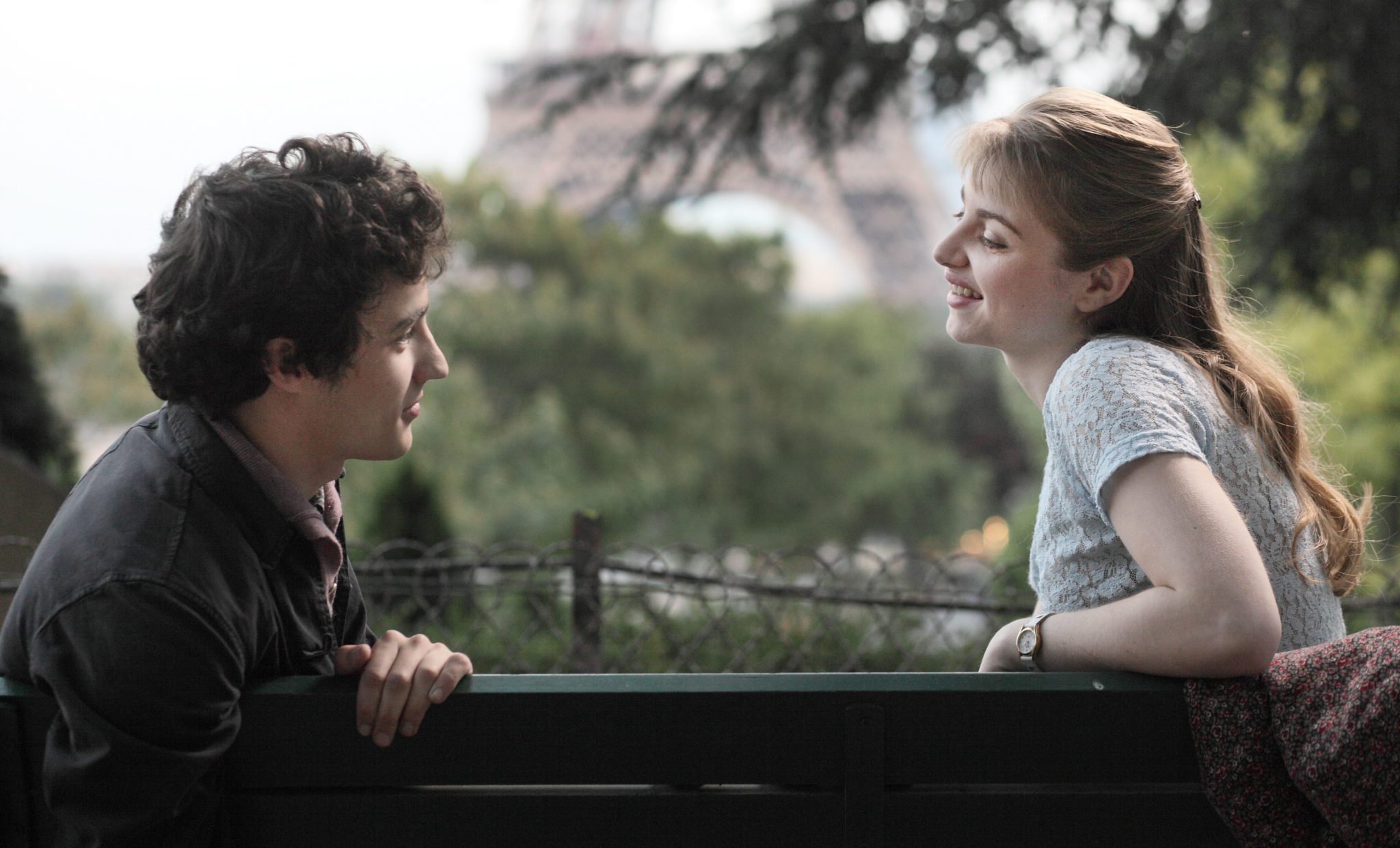
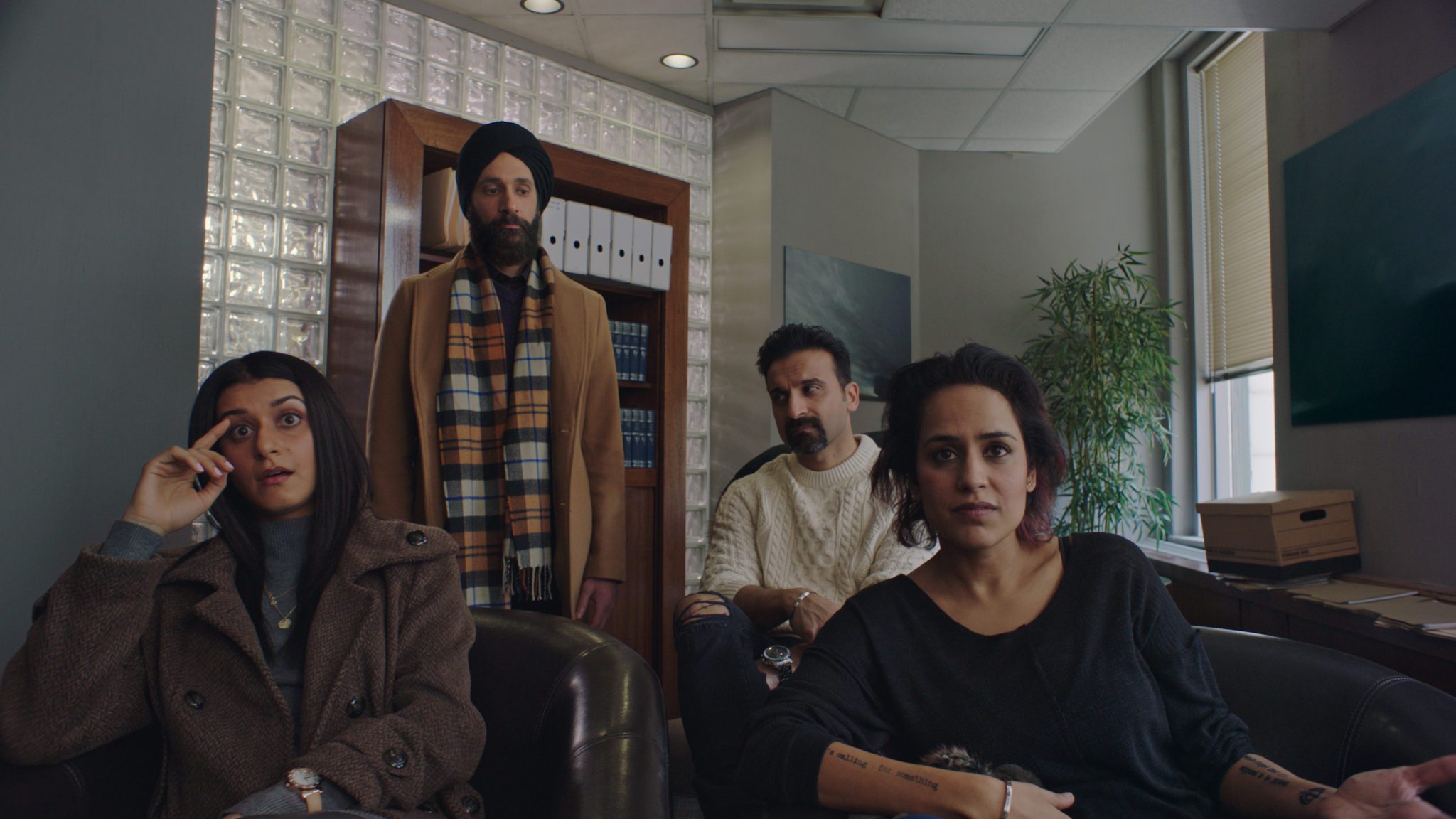
![Comfort Films #3: LEBOWSKI AND [THE HOLY] [GHOSTBUSTERS]](https://screenfish.net/wp-content/uploads/2020/04/ghosthed_0.jpg)